As a former Jeep engineer, I remember my first winter with my newly acquired Jeep Wrangler. I was blissfully unaware of the damage road salt could wreak until I noticed tiny rust spots forming just a few months later. It was a rude awakening that drove home the importance of seasonal car maintenance. From that day forward, I made it my mission to not only protect my vehicles from salt but to share those insights with fellow automotive enthusiasts. One striking fact remains etched in my memory: vehicles exposed to road salt are roughly six times more likely to develop rust-related issues without proper care. But the good news is, with the right vehicle care products and strategies, you can effectively combat this menace. Allow me to guide you through my learned approaches to keeping your pride and joy looking and performing at its best regardless of those harsh winter conditions. Let’s delve into the best ways to remove road salt from your car.
Why Is Road Salt Harmful to Cars?
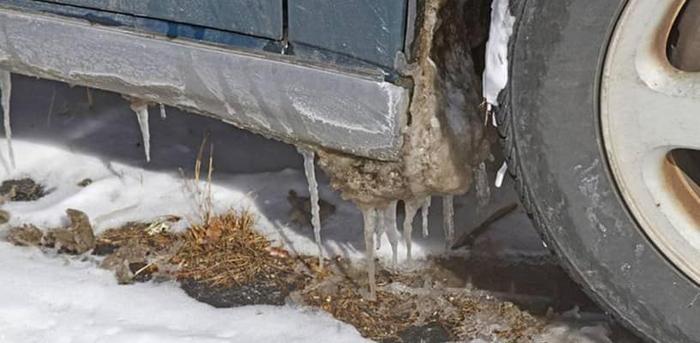
During my time as an engineer, I witnessed firsthand the devastating effects of untreated road salt. One winter, we had a customer bring in an older Jeep that had barely made it through a snowy season without proper washing. The corrosion was significant, which horrified the owner who loved that vehicle. This experience serves as a clear example of why addressing road salt is essential—not just for aesthetics but for maintaining a car’s structural integrity.
Road salt is not just an inconvenience; it can lead to costly damage if left unchecked. Salt, primarily composed of sodium chloride, works by lowering the freezing point of ice, making winter roads safer. However, it also reacts chemically with the metal parts of your car, promoting rust and corrosion. While manufacturers use protective coatings to keep metal safe, continuous exposure can wear these shields away.
One of the biggest issues is salt’s propensity to settle in hard-to-reach areas, like the undercarriage. From the suspension to brake lines, no metal is completely invulnerable. A simple oversight in regular cleaning can result in accumulated salt causing severe damage, compromising both safety and longevity. By understanding this impact, you can appreciate the crucial role preventive actions play, from regular washing to diligent inspections, ensuring you save potentially thousands in future repairs.
Who Needs to Remove Road Salt?
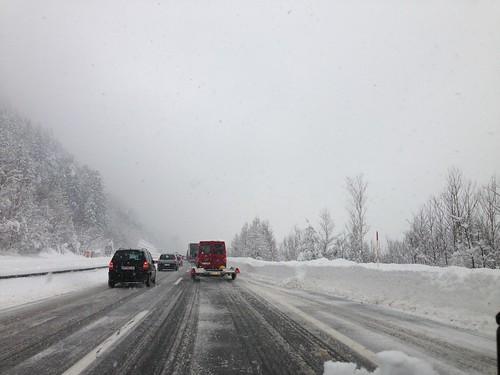
Are you a car owner living in a winter climate? If so, road salt removal should be on your maintenance checklist. I’ve talked to countless Jeep owners who live in snow-prone areas, and many shared the same regret: ignoring their vehicles’ condition in winter. One customer told me about the time they decided to wait until spring for a deep clean but ended up facing an expensive rust job instead. This is not just a cautionary tale; it’s an experience that could happen to anyone driving in regions where snow and ice are a seasonal challenge.
Recognizing that anyone who drives in snowy areas needs to prioritize salt removal can save you from future headaches. It’s easy to overlook the gradual damage road salt causes, but staying proactive is key. Rust and corrosion don’t discriminate, whether you own a rugged Jeep or a sleek sedan. Every vehicle is at risk if salt is left unchecked. Understanding this imperative means less time and money spent patching up problems that could have been prevented with just a bit of diligence. As a mechanic, I’ve seen first-hand that swift and regular maintenance is crucial for preserving the life and appearance of your car.
What Are the Best Salt Removal Techniques?
DIY Salt Removal Methods
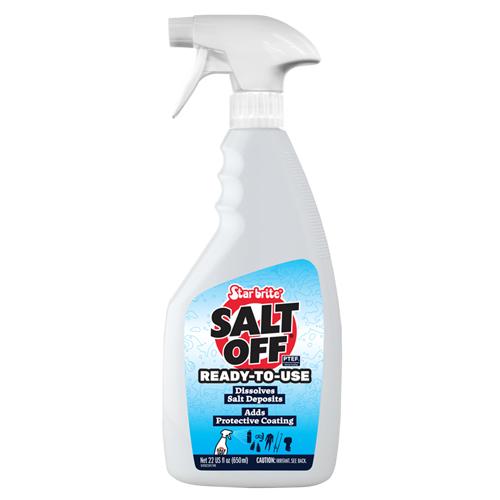
Did you know that you can repel road salt using solutions from your pantry? As a mechanic, I’ve seen firsthand how effective DIY salt removal can be. Once while off-roading in the winter, I faced an emergency with no access to traditional salt removers. In a pinch, I reached into my toolbox—well, my car’s cup holder really—and mixed a vinegar solution with water. To my surprise, it worked remarkably well. This makeshift method isn’t just a hack; it’s a beacon of resourcefulness. Not only do these DIY solutions save you money, but they also provide immediate assistance when you’re in a bind.
When experimenting with such home solutions, always exercise caution: mind the proportions and spot-test on a small area of your car first. By incorporating these homemade concoctions into your routine, you can maintain your vehicle’s aesthetics while letting professional products carry the heavier load when needed.
Professional Products to Use
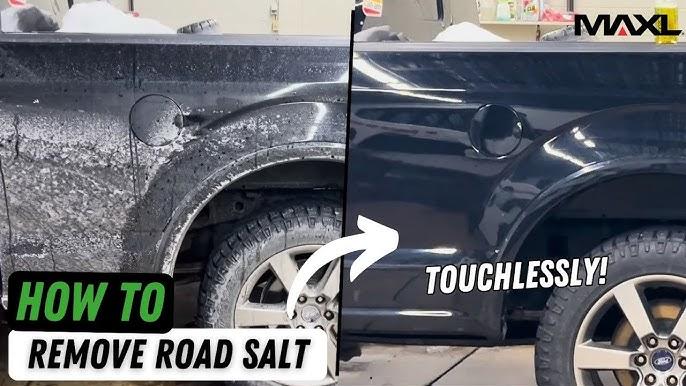
The right products can make or break your battle against road salt. In my early career, I experimented with various automotive cleaning products, only to discover that not all were effective against salt. This realization led me to a pivotal discovery—a specific salt neutralizer that transformed our approach. Unlike typical cleaners, this product not only removed the corrosive salt but also provided a protective barrier against future damage.
This salt neutralizer became a staple recommendation to my customers and significantly changed the way we protected vehicles. I can attest that investing in quality over cost is crucial when it comes to maintaining your car’s bodywork. Using superior automotive cleaning products ensures that you’re not just dealing with surface-level issues. The long-term benefits of utilizing such professional-grade products cannot be overstated; they genuinely safeguard the integrity of your vehicle.
I always advise using tools that incorporate both cleaning and protecting properties. By integrating these professional products into your routine, you enhance the effectiveness of your overall salt removal technique. This approach seamlessly complements other methods, like pressure washing. Ultimately, it’s about using the right tools to prolong your vehicle’s life, ensuring the battle against road salt is decisively won.
Using a Pressure Washer
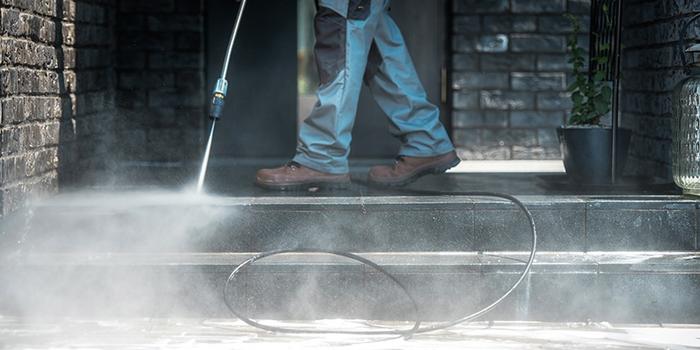
Could a pressure washer be the most effective tool for removing road salt? During one particularly harsh winter, I remember struggling to remove hardened salt from my car’s undercarriage. A friend suggested using a pressure washer, a technique that turned out to be nothing short of a revelation. The intense force effectively blasted away stubborn salt buildup from every nook and cranny, something manual methods just couldn’t achieve. Now, I always advise pressure washing immediately after a winter trip; it’s an efficient method for dealing with hard-to-reach areas, making it a staple in effective car detailing. Just be sure to adjust the pressure accordingly to avoid damaging the paint or delicate parts. The right balance makes a pressure washer an indispensable asset for maintaining your vehicle after exposure to road salt. Its contribution to the category of best salt removal techniques is undeniably significant, offering both convenience and effectiveness that are crucial in preserving your car’s longevity.
When Should You Clean Your Car from Road Salt?
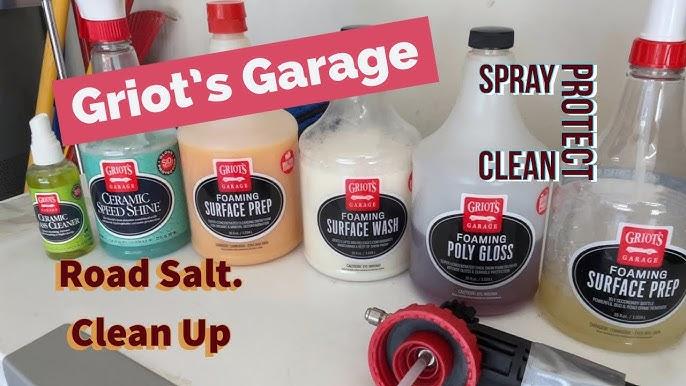
Timing is everything when it comes to salt removal—are you cleaning too late? From my years at the shop, I’ve seen numerous vehicles suffer because their owners waited too long after the snow melted. By then, the damage was already well underway. Cleaning your vehicle right after an icy trip is crucial. It might seem counterintuitive to wash your car in the cold, but trust me, it’s the best time to catch the corrosive elements before they settle in too deep.
One particular story still stands out: a regular customer put off cleaning until spring and what met him was significant rust, an unsightly and costly reminder of procrastination. Make it a point to wash your vehicle after each significant snowfall; it will extend its lifespan. The salt doesn’t take a break, and neither should your maintenance routine. Regular attention to your car’s exterior, even if it’s inconvenient during the winter months, helps prevent long-term issues and maintains its value.
Where to Focus During Absorbing Salt?
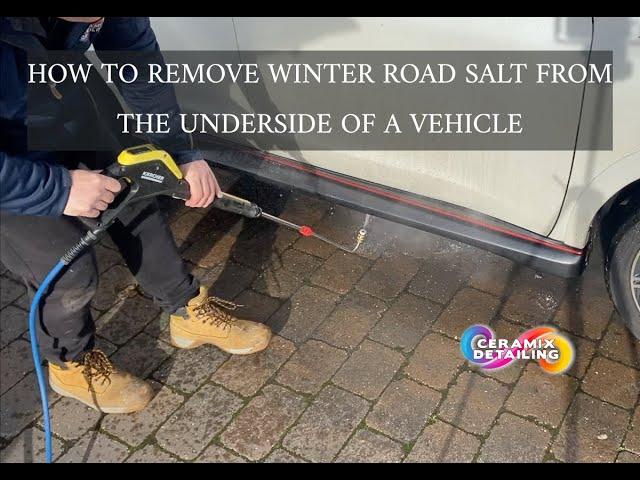
Are you missing critical areas while cleaning your car from salt? I sure did once. Let me tell you, that oversight is not something I would ever recommend repeating. It all started with my Jeep, which I’d assumed a basic wash would take care of. A few weeks later, I noticed rust infiltrating the undercarriage—a costly mistake but a valuable lesson.
From that moment, I understood the importance of focusing on key areas like the undercarriage and wheel wells when tackling road salt. These parts often bear the brunt of salty slush on winter roads, making them especially vulnerable to corrosion.
When you’re cleaning, ensure you use an underbody cleaner or at least a sturdy nozzle to hit every hidden crevice beneath your vehicle. This thoroughness is crucial, and trust me, it’s worth the extra effort. Every inch you clean away salt from could mean saving your car from early rust.
In this section, I will highlight more essential areas and techniques that could make all the difference in keeping your car in pristine condition, helping you avoid the pitfalls I faced and ensuring your vehicle stays roadworthy for years to come.
FAQs
How does road salt affect my car?
What are the best ways to remove road salt from my car?
How often should I clean my car to remove road salt?
Conclusion
Are you ready to take actionable steps in protecting your vehicle from road salt damage? As I wrap up my insights, I can’t help but reflect on all the vehicles I’ve helped save from the clutches of corrosion due to road salt.
Preventing rust from salt is crucial, and it begins with regular cleaning routines. Utilizing a pressure washer can effectively reach those hard-to-see areas, and trust me, it makes a difference. As I’ve learned through countless winters, targeting the undercarriage, wheel wells, and any exposed metal is essential. Vehicle care products like special sprays and waxes are invaluable investments, creating barriers to salt’s corrosive touch.
Remember, rust doesn’t discriminate. Everyone who drives on salty roads needs to be proactive. So align your cleaning schedule with weather changes, and never underestimate the power of swift action. Learn from my experiences, plan your cleaning schedule, and invest in quality products—your vehicle will thank you for it!